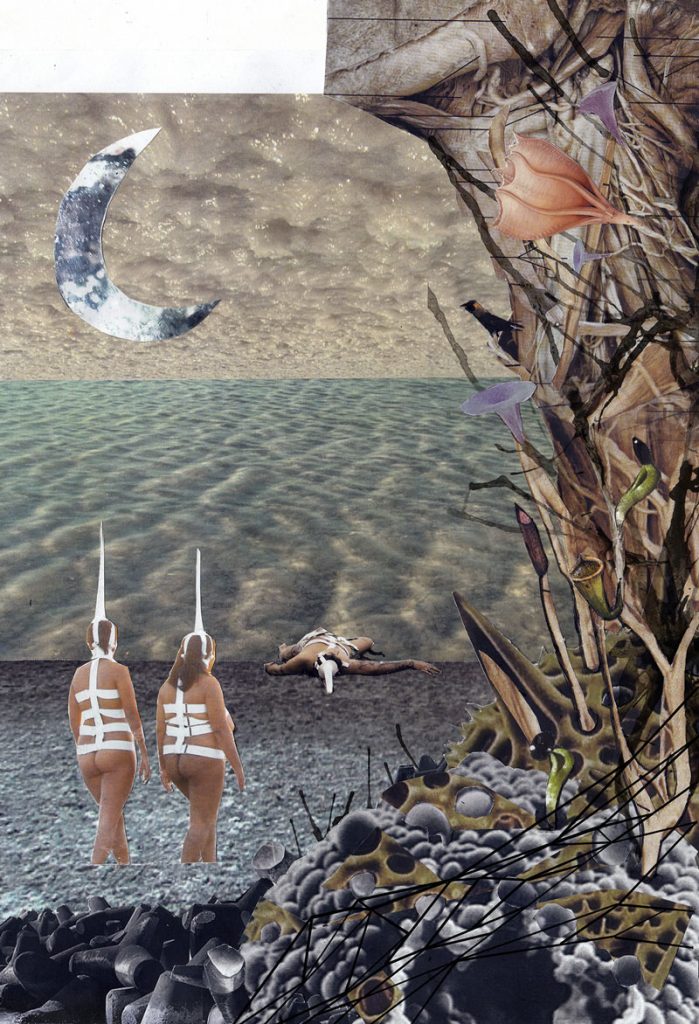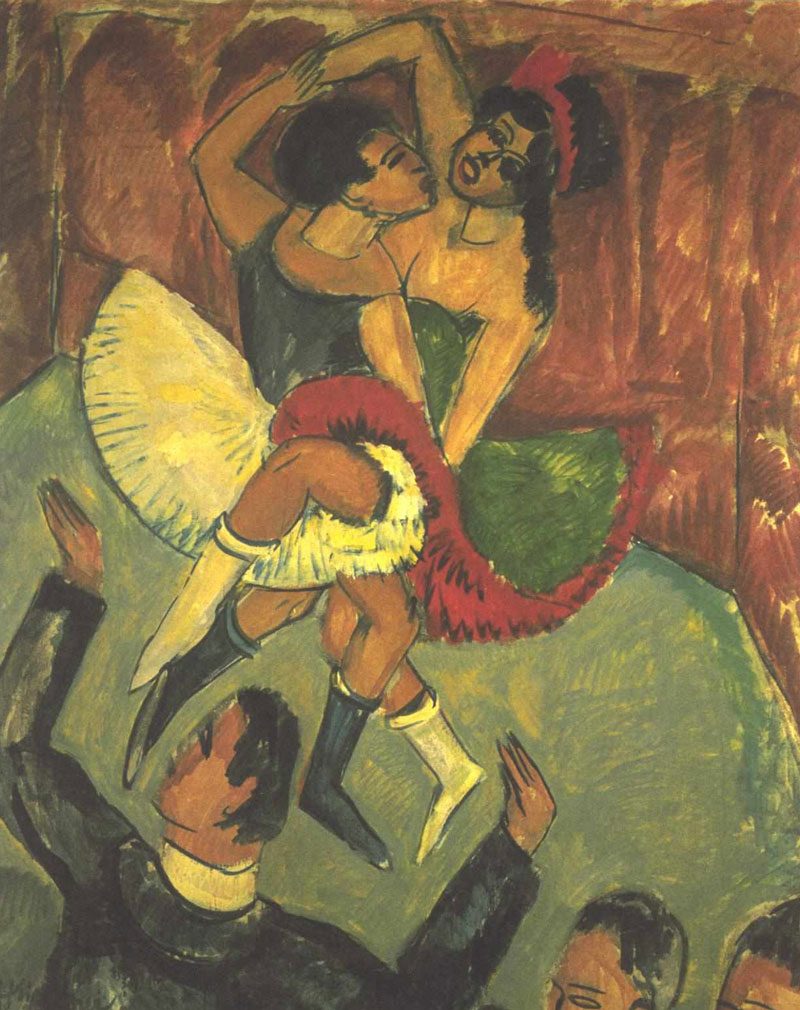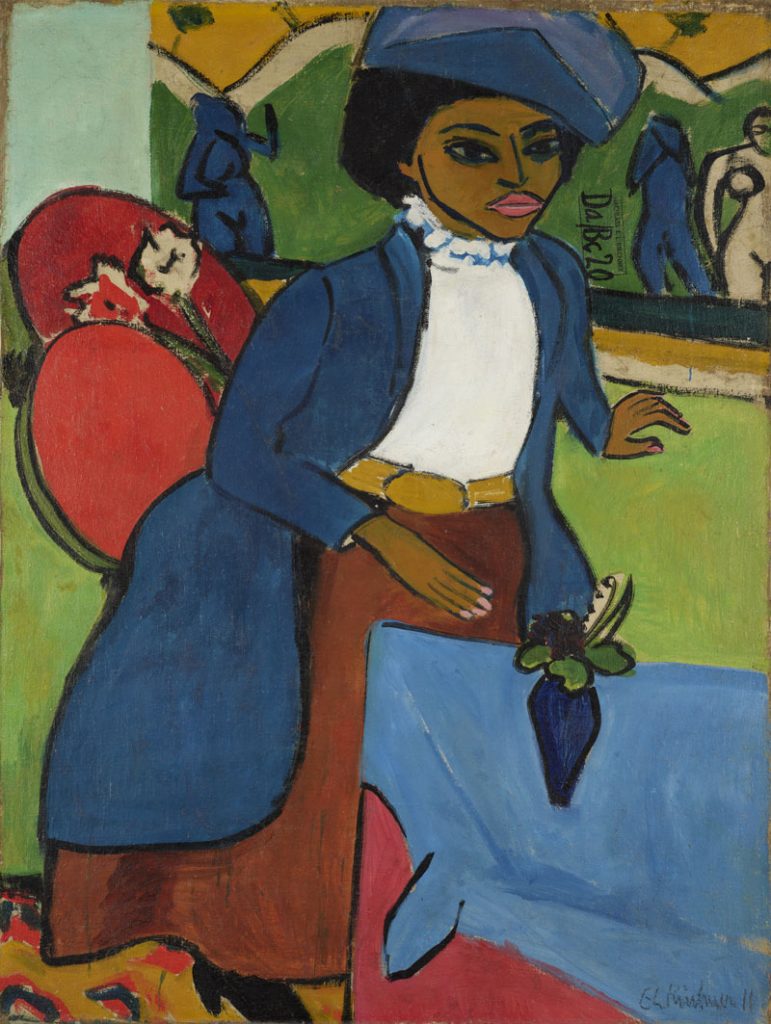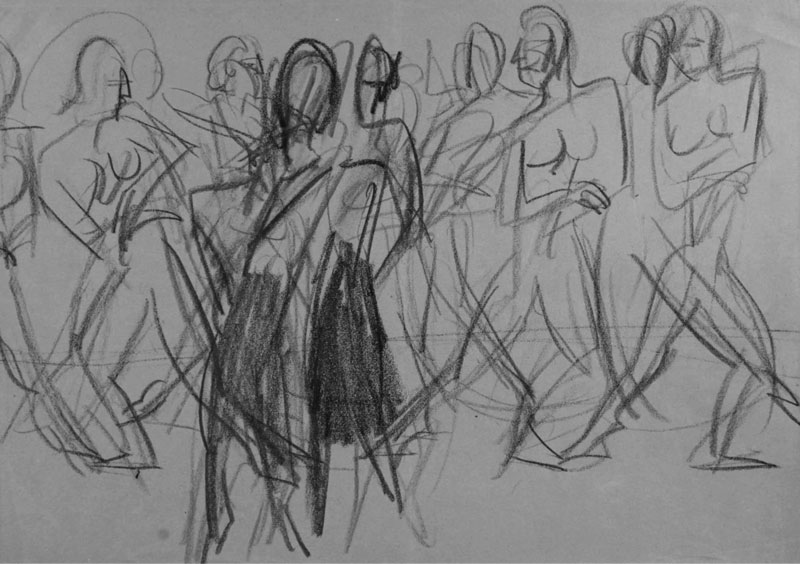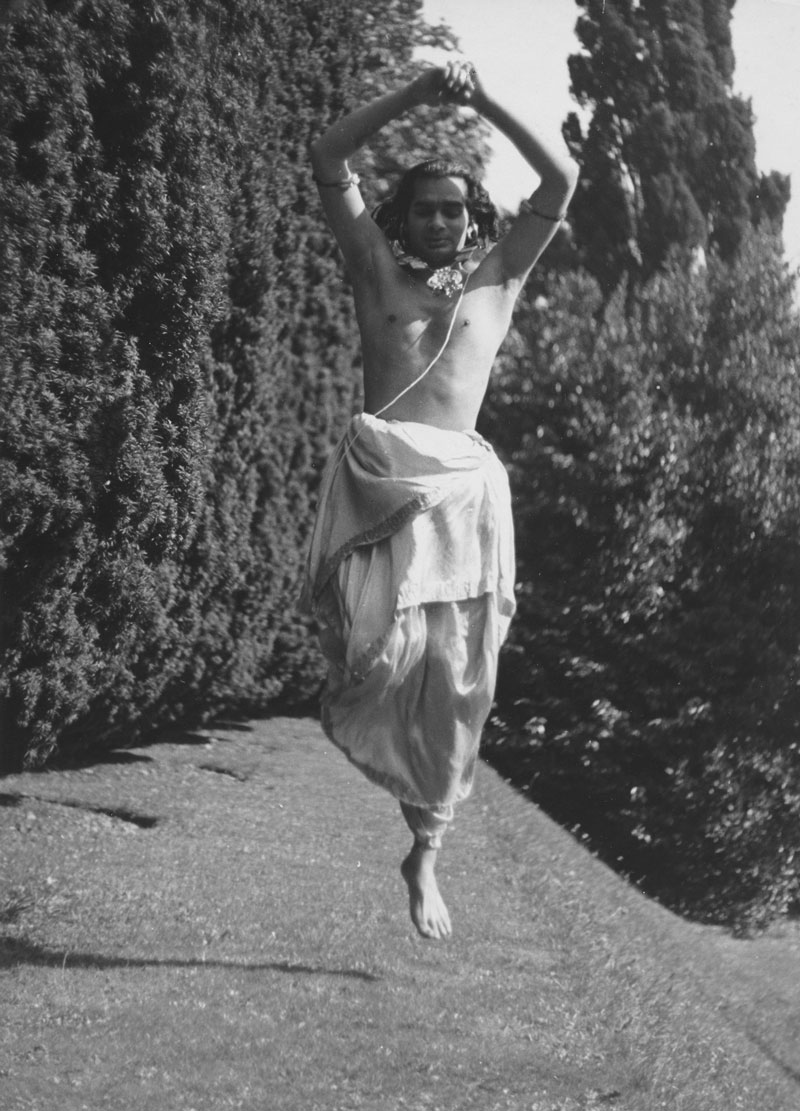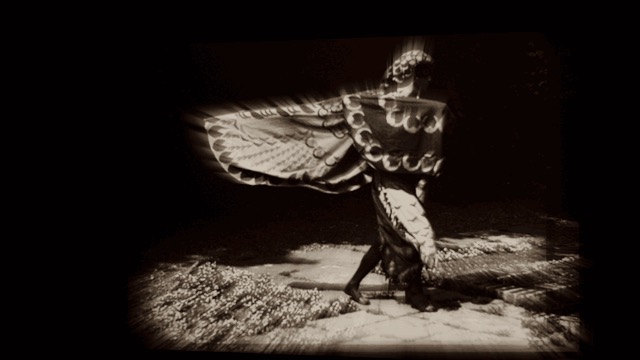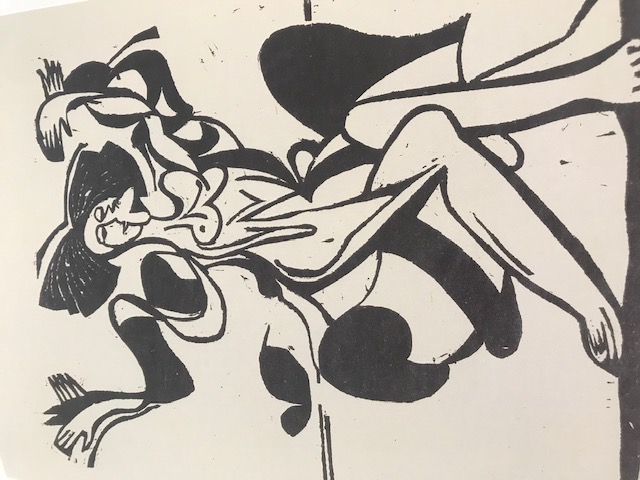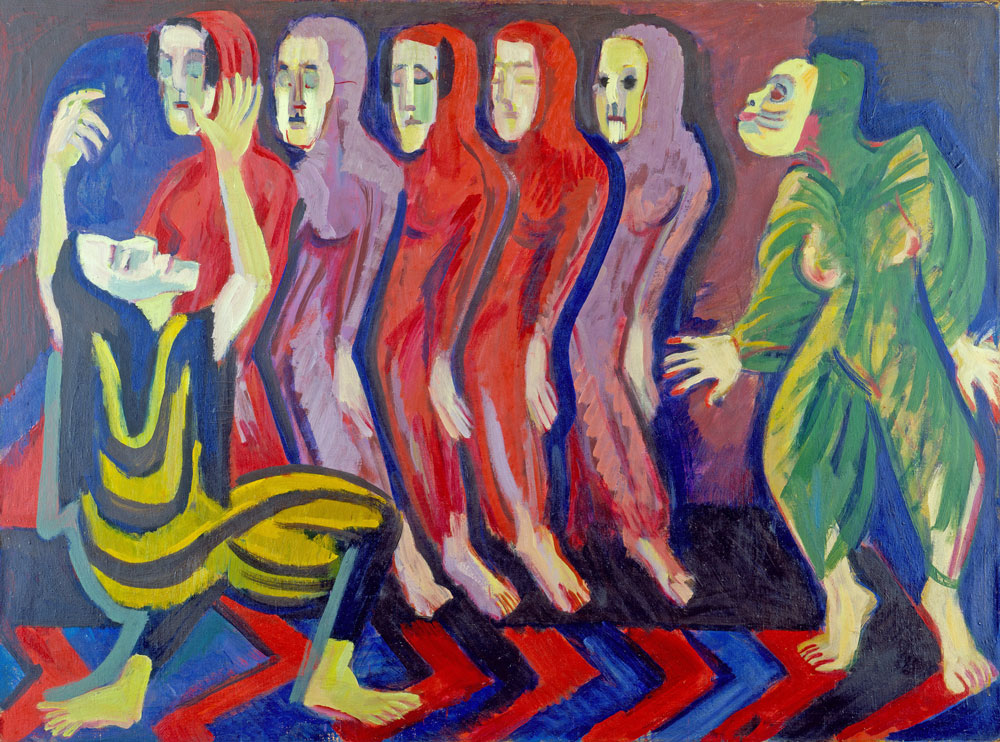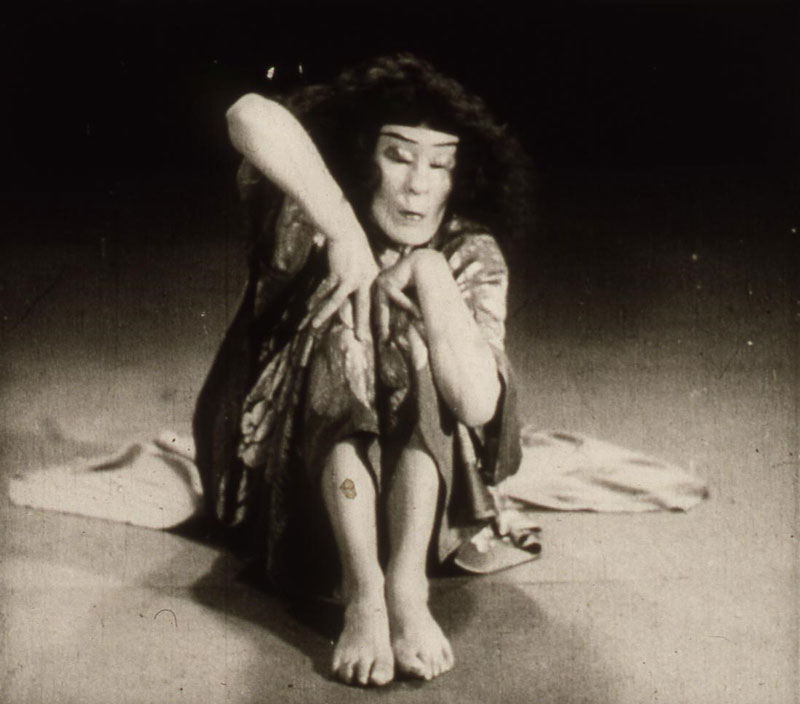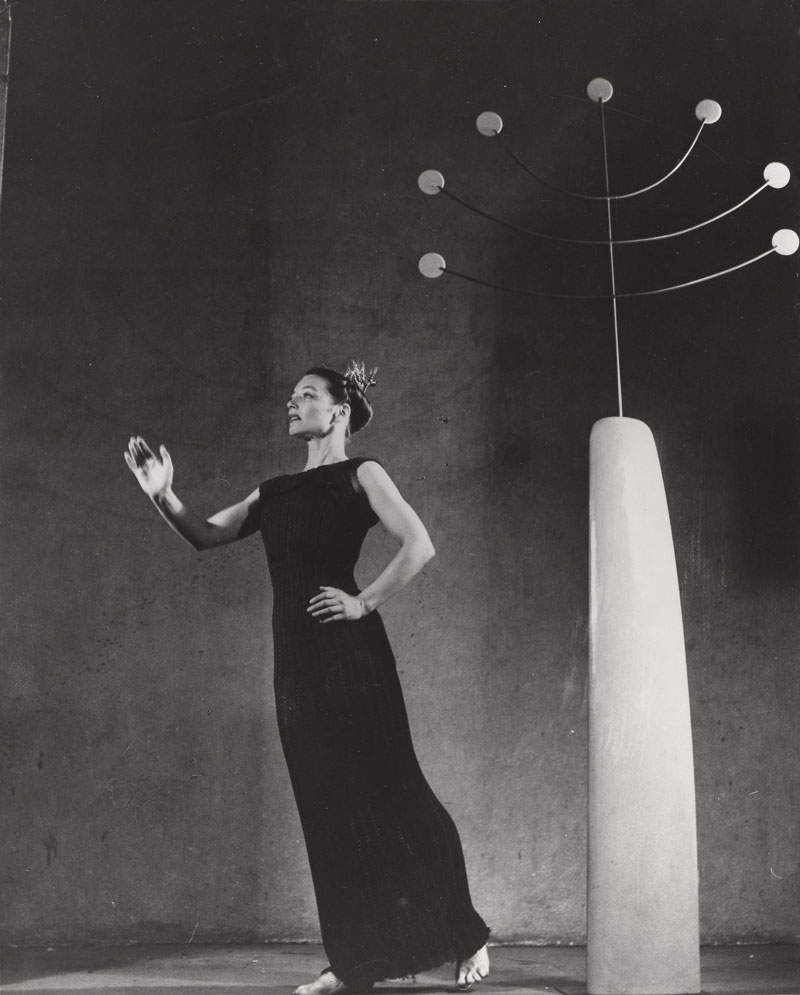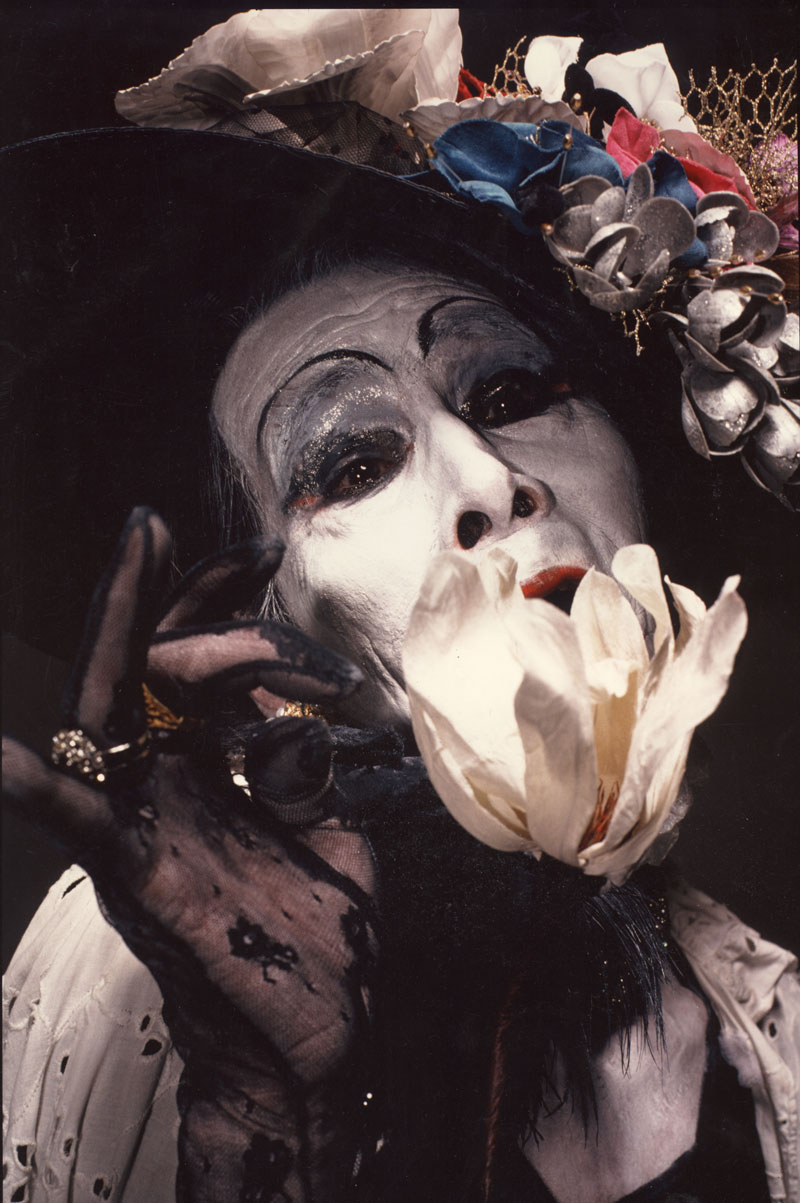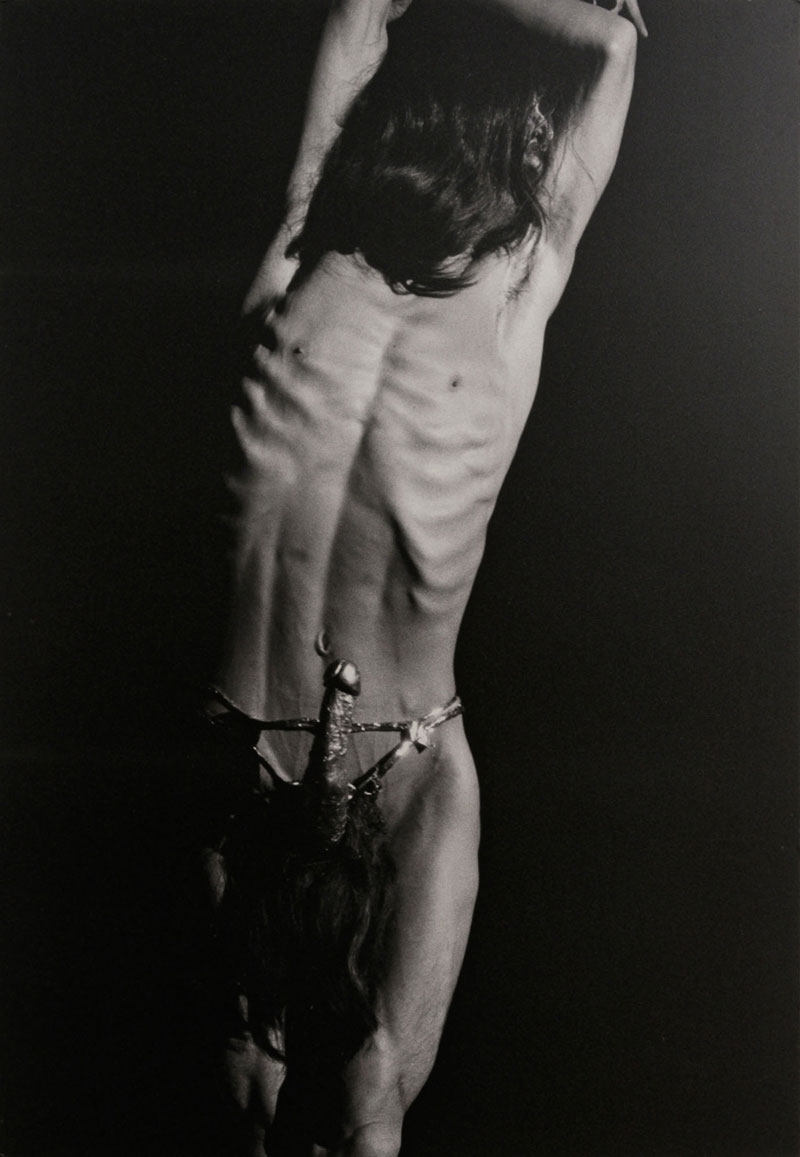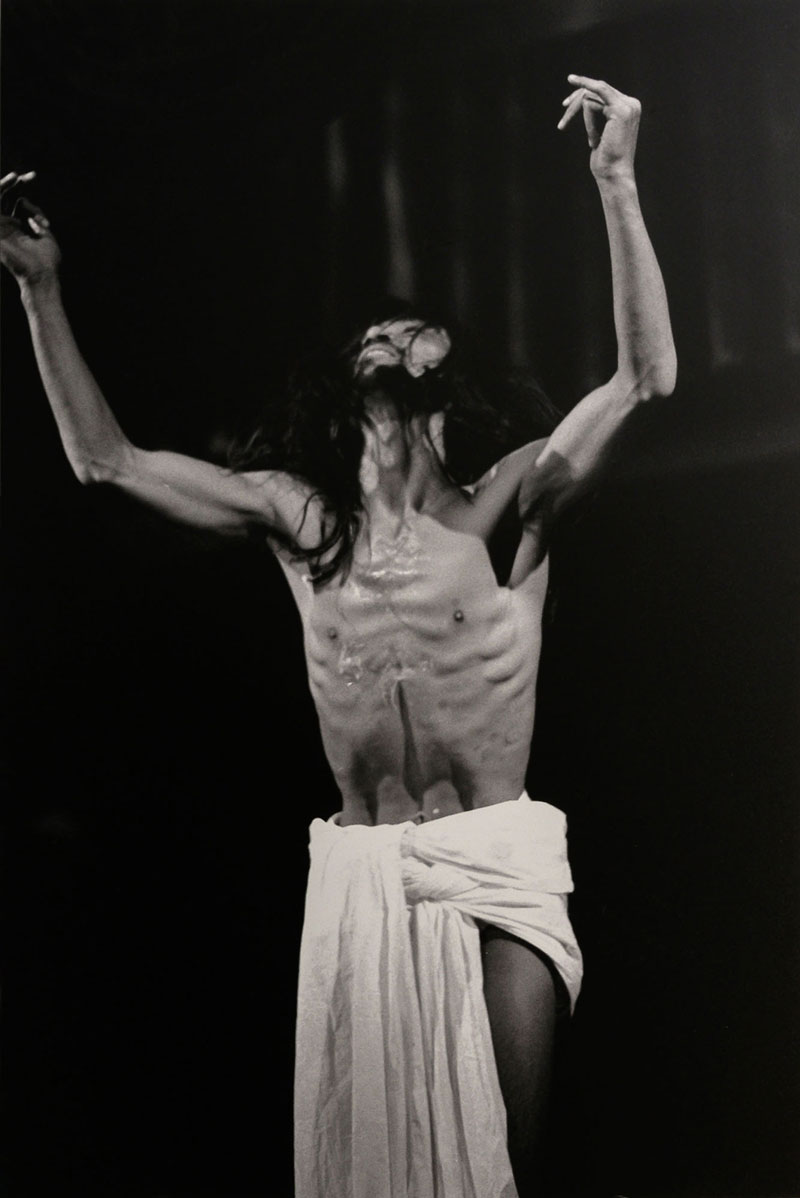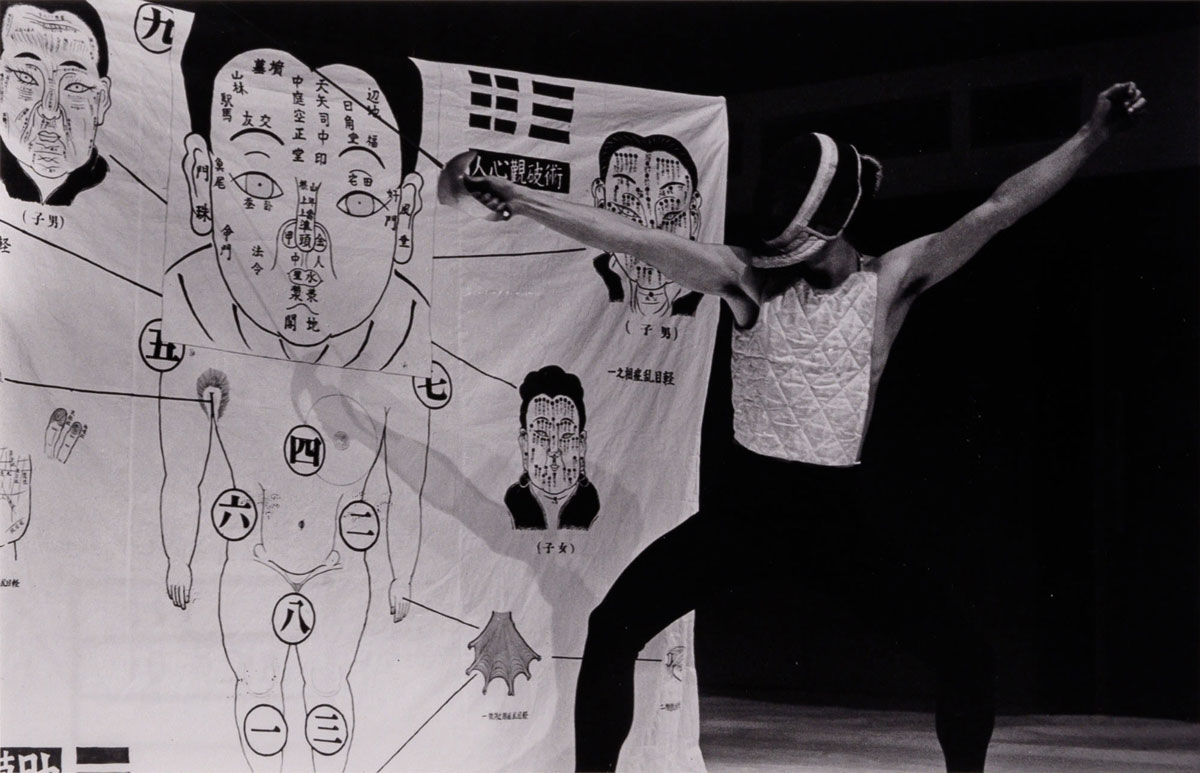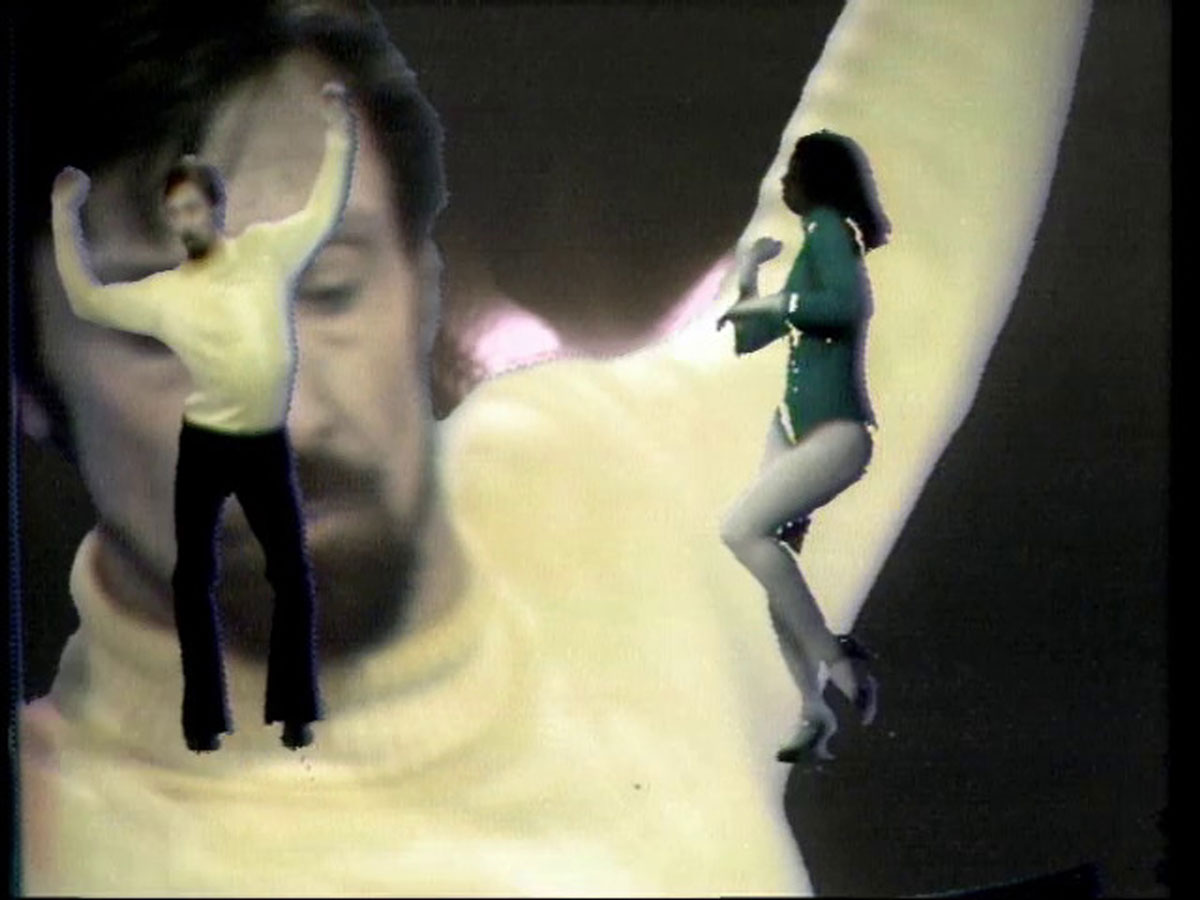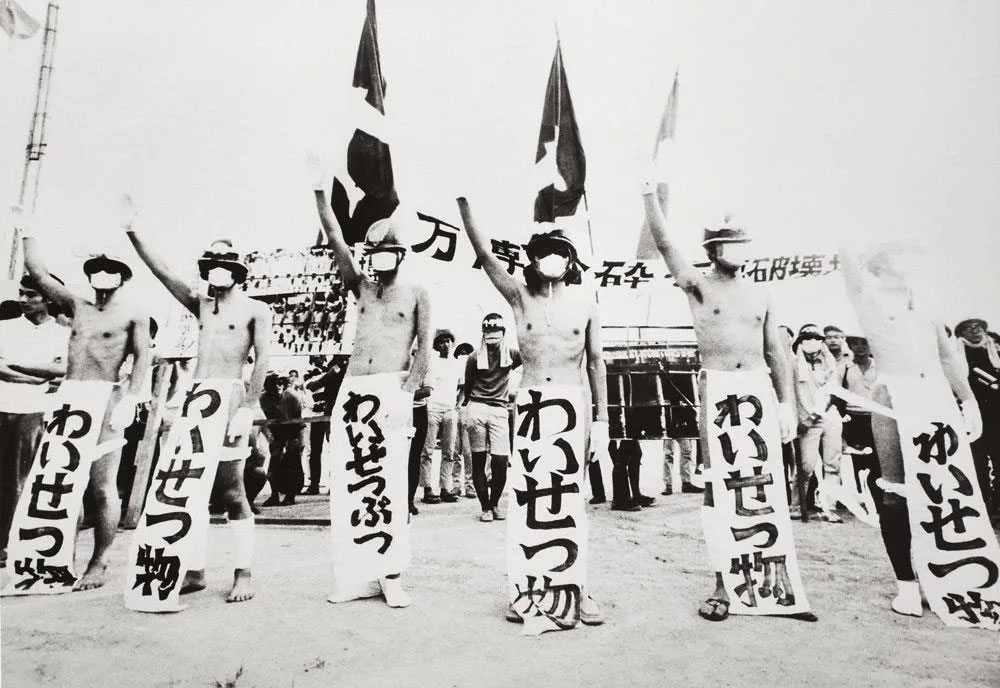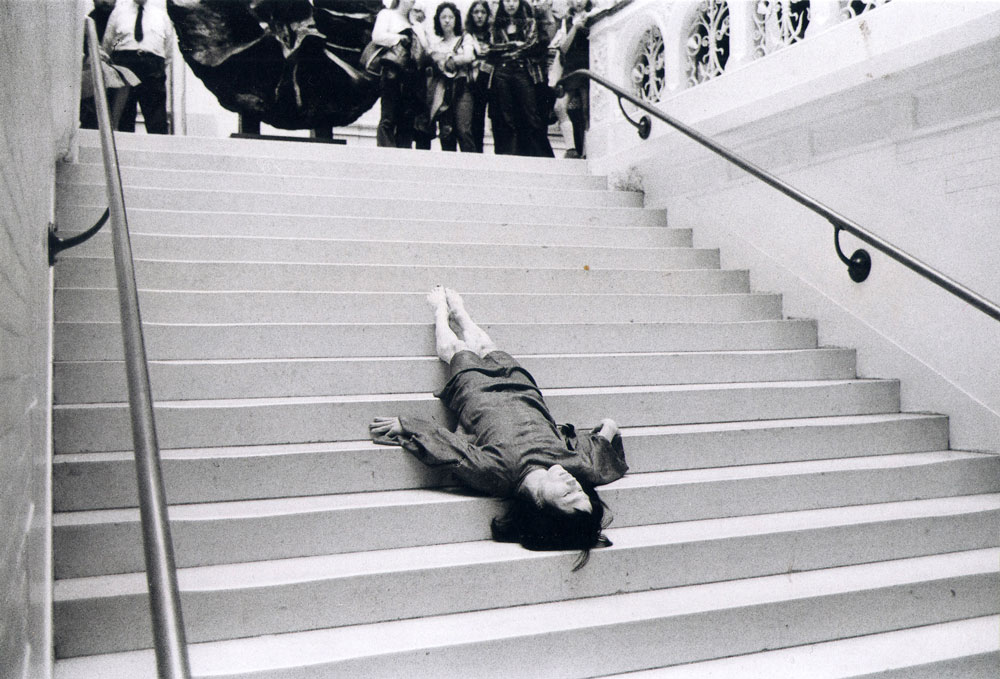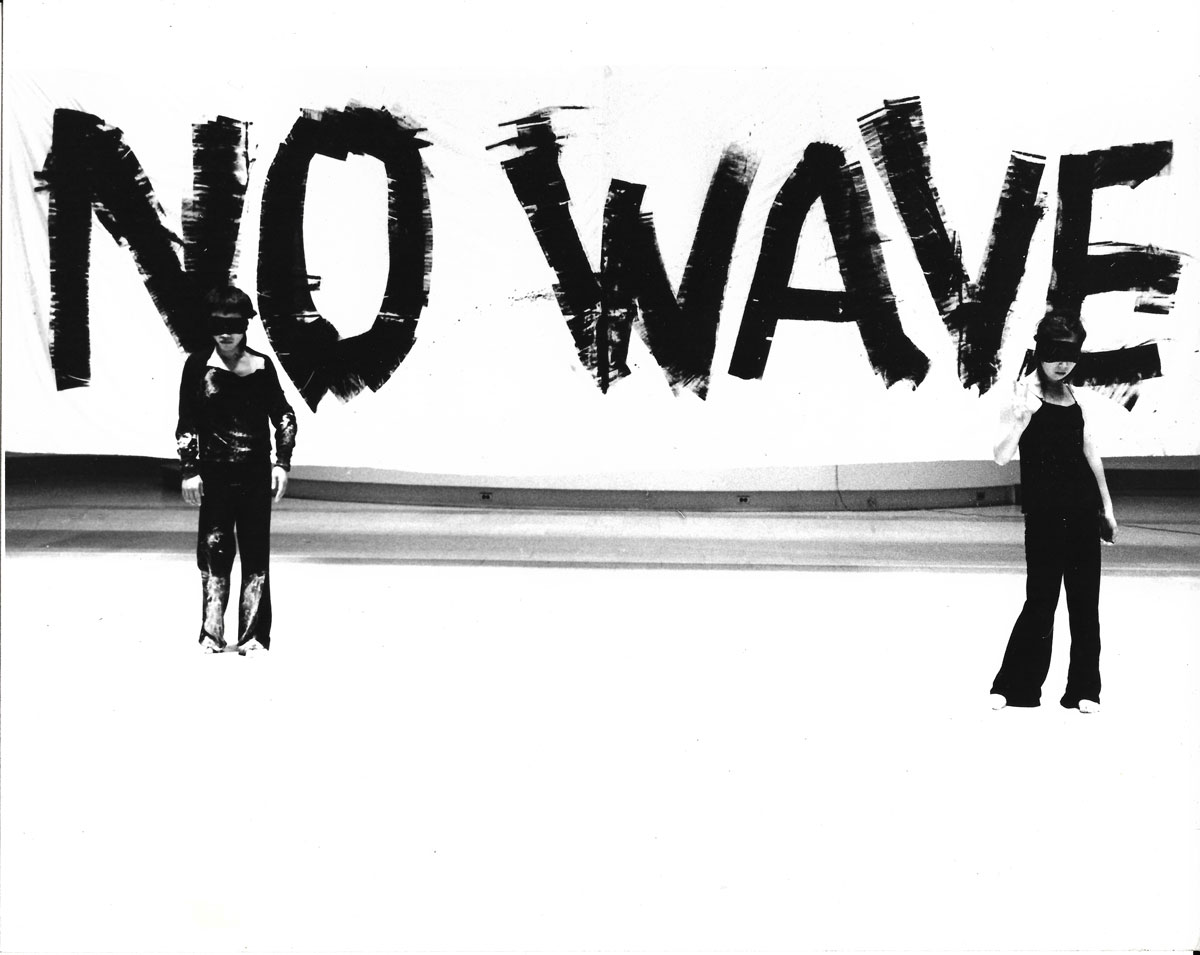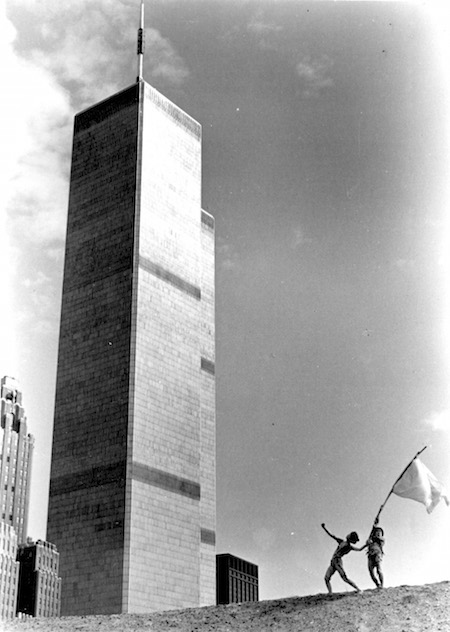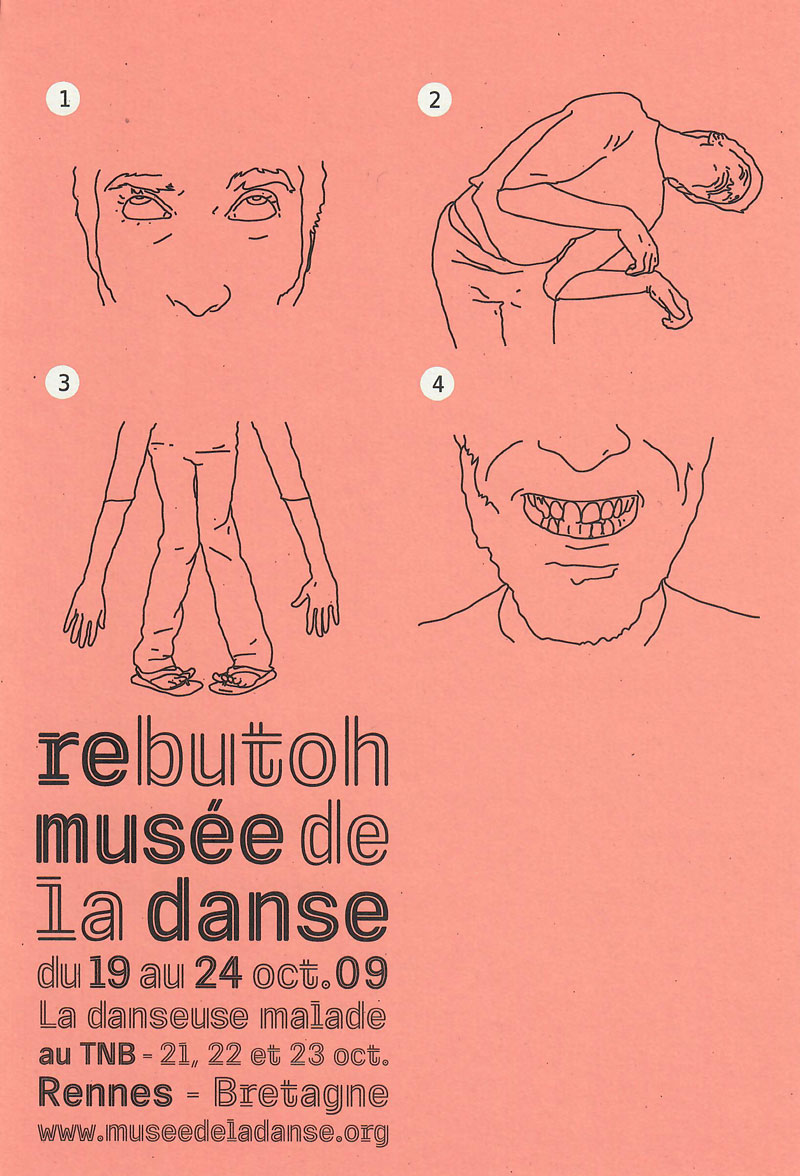ARIMITSU 2015
Michio Arimitsu, From Voodoo to Butoh. Katherine
Dunham, Hijikata Tatsumi, and Trajal Harrell’s
Transcultural Refashioning of ‘Blackness’, publ. von /
published by MoMA, 2015
Aleida Assmann, Der Körper als Medium des individuellen,
kollektiven und kulturellen Gedächtnisses,
in: Journal der Künste 12, 2020
AUSST. KAT. / EXH. CAT. BREMEN 2017
Der Blinde Fleck. Bremen und die Kunst der Kolonialzeit
(Ausst. Kat. / Exh. cat. Kunsthalle Bremen), Bremen 2017
AUSST. KAT. / EXH. CAT. MINNEAPOLIS 2011
Eiko & Koma. Time Is Not Even, Space Is Not
Empty (Ausst. Kat. / Exh. cat. Walker Art Center,
Minneapolis), Minneapolis 2011
AUSST. KAT. WIEN / EXH. CAT. VIENN A 2016
Provoke. Between Protest and Performance – Photography
in Japan 1960/1975, hg. von / ed. by
Matthew S. Witkovsky und / and Diane Dufour
(Ausst. Kat. / Exh. cat. Albertina, Wien u. a. / Vienna
et al.), Göttingen 2016
AUSST. KAT. / EXH. CAT. MUNCHEN 2018
Kirchners Kosmos: Der Tanz, hg. von / edited by
Brigitte Schad (Ausst. Kat. / Exh. cat.
Kirchner HAUS Aschaffenburg e.V.), München 2018
AUSST. KAT. / EXH. CAT. MUNCHEN 2021
Kirchner und Nolde. Expressionismus und Kolonialismus
(Ausst. Kat. / Exh. cat. SMK – Statens Museum for Kunst, Kopenhagen
Stedelijk Museum Amsterdam, Brücke-Museum, Berlin), München 2021
BAIRD/CANDELARIO 2020
Bruce Baird und / and Rosemary Candelario
(Hg. / eds.), The Routledge Companion to Butoh
Performance,
London 2020
COHEN (2022)
Matthew Isaac Cohen, On the Way to Asia. Exoticism,
Itinerancy and Self-Fashioning in the Making
of Central European Modern Dance, in: Re-writing
Dance Modernism. Networks / Prze-pisać taneczny
modernizm. Sieci, hg. von / edited by Julia Hoczyk
und / and Wojciech Kliczyk, Warschau / Warsaw
(voraussichtlich / forthcoming 2022)
CONVERSATION 2016
Conversation. With Trajal Harrell, Eiko Otake, and
Sam Miller. Moderated by Lydia Bell and Judy Hussie-Taylor,
in: A Body in Places, hg. von / edited by
Danspace Project, New York 2016
GRISEBACH 1997
Lothar Grisebach (Hg. / ed.), Ernst Ludwig Kirchners
Davoser Tagebuch, Ostfildern 1997
KIRCHNER BRIEFWECHSEL
Ernst Ludwig Kirchner. Der gesamte Briefwechsel,
bearb. und hg. von / with an essay and edited by
Hans Delfs, Bd. / vol. 2, Zürich 2010
KIRCHNER NEU DENKEN
Annick Haldemann Wolfgang Henze und / and Martina Nommsen
(Hg. von / eds.) Kirchner Neu Denken, Zur Kirchner Tagung 2018,
München 2020
KRAVAGNA 2017
Christian Kravagna, Transmoderne. Eine Kunstgeschichte
des Kontakts, Berlin 2017
KRAVAGNA (2022)
Christian Kravagna, Transmodern: An Art History of
Contact, 1920–1960, Manchester (voraussichtlich /
forthcoming 2022)
MANNING 2006
Susan Manning, Ecstasy and the Demon. The Dances
of Mary Wigman, 2. Aufl. / 2d. ed. Minneapolis 2006
NAKAHIRA 1968
Takuma Nakahira, Komedi kyōki no bigaku no
Paradokusu – Hosoe Eikō ten „Totetsumonaku
higekitekina kigeki“ (The Paradox of a Mad Aesthetic
– Hosoe Eikō’s Photo Exhibition ‘Extravagantly
Tragic’), in: Nihon Dokusho Shimbun, 15.4.1968
PAGÈS 2015
Sylviane Pagès, Le butô en France. Malentendus et
fascination, Paris 2015
PETER 1997
Frank-Manuel Peter (Hg. / ed.), Der Tänzer Harald
Kreutzberg, Köln / Cologne 1997
PETER 2019
Frank-Manuel Peter, „Ein Mittelpunkt der modernen
Tanzkultur, ein mächtiger Anziehungspunkt
für aufstrebende Talente … “. Harald Kreutzberg,
Yvonne Georgi und der Bühnentanz in Hannover
zur Zeit der Weimarer Republik, in: Ausdruckstanz
und Bauhausbühne, hg. von / edited by Hubertus
Adam und / and Sally Schöne (Ausst-Kat. / Exh. cat.
Museum August Kestner, Hannover), Petersberg
2019
SORELL 1986
Walter Sorell, Mary Wigman. Ein Vermächtnis,
Wilhelmshaven 1986
TAKASHI 2015
Morishita Takashi, Hijikata Tatsumi’s Notational
Butoh. An Innovational Method for Butoh Creation,
Tokio / Tokyo 2015
WELSCH 2017
Wolfgang Welsch, Transkulturalität. Realität,
Geschichte, Aufgabe, Wien / Vienna 201
WIGMAN UN DATIERT / UN DATED B
Mary Wigman, Indien – Tanz, Typoskript, undatiert /
undated typescript, Ordner/Archivnummer / folder
1392, Nachlass / Estate of Mary Wigman, Archiv der
Akademie der Künste Berlin
